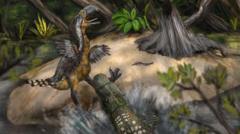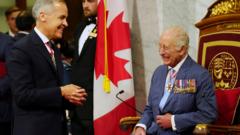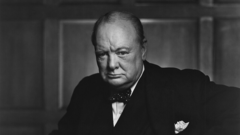At Holly’s Haven, a wildlife rescue center near Ottawa, the staff are caring for Cedar, a 1.5-month-old blind moose calf with an injured leg. The center is packed with animals needing help, including raccoons, skunks, and porcupines. Cedar has presented a unique challenge for Lynne Rowe, the founder of the center, who must quickly learn how to care for him.
Typically, animal rescues rehabilitate creatures until they can return to the wild, but Cedar's case is different. Experts say he will likely only regain limited vision in one eye, which means he couldn’t survive on his own. Young moose like Cedar are highly vulnerable to predators, such as coyotes and wolves.
With an expected adult weight of around 700 kilograms (1,500 pounds), Cedar is a big responsibility for the center. Sadly, he joins the ranks of other animals, like Holly, a raccoon who remained at the center due to her inability to survive in the wild. Cedar's nurturing at Holly's Haven highlights the importance of wildlife rehabilitation and the special cases that need extra care.

















